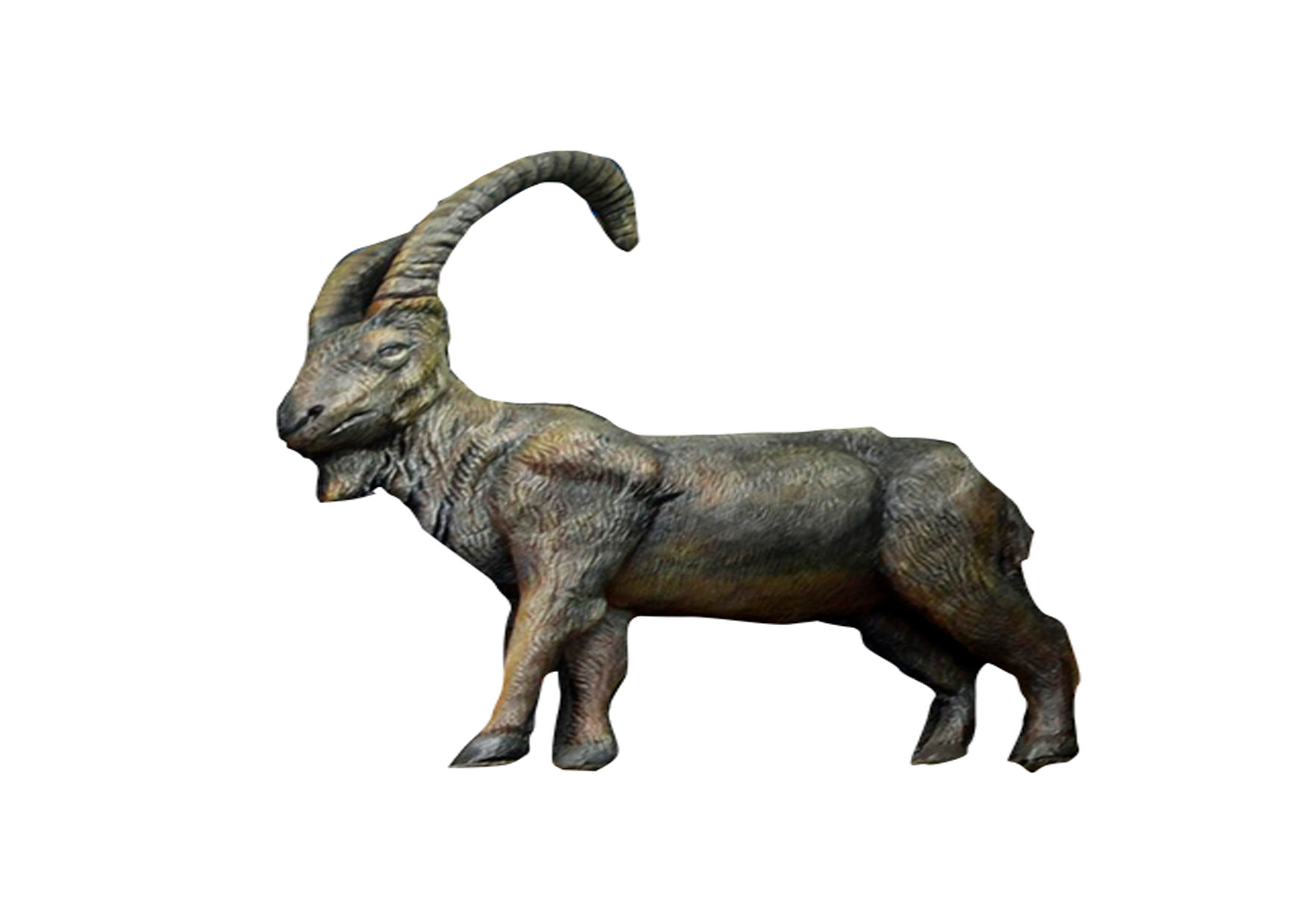
Pyrenean ibex
Capra pyrenaica pyrenaica
- Commonly known by the name Bucardo
- Was one of the four subspecies of wild goat to inhabit the Iberian Peninsula
-
- 14 C – inhabited much of the northern Iberian Peninsula (most common in the Cantabrian Mountains, Southern France, and the northern Pyrenees)
- 17 C – their population began to decrease steeply as a result of trophy-hunting by people who craved the ibex’s majestic horns.
- 1913 – they were extirpated except for one small population in Spain’s Ordesa Valley.
- January 6, 2000 – thelast natural Pyrenean ibex, a female named Celia, was found dead on.
- Extinction?
> The exact cause of the Pyrenean ibex’s extinction is unknown
> Scientists hypothesize that some different factors contributed to the decline of the species, including poaching, disease, and the inability to compete with other domestic and wild ungulates for food and habitat.
- Pyrenean ibex – De extinction
- > 2003 – frozen skin of Pyrenean ibex was used for cloning.> Folch and his colleagues made clone embryos by inserting the bucardo’s DNA into domestic goat eggs emptied of their original genetic material.
> The clones were then implanted into other subspecies of Spanish ibex or goat-ibex hybrids.
> Of the 208 embryos the researchers implanted, only seven goats became pregnant, and just one bucardo made it to term.
> The newborn bucardo died of respiratory failure immediately after birth.
> Dissection revealed the animal had lung abnormalities, although all its other organs looked normal.
